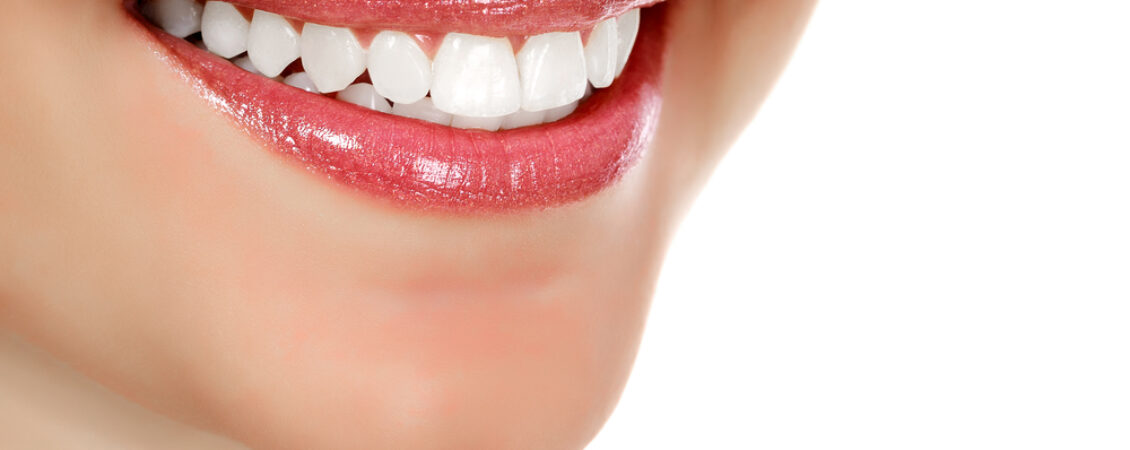Patients have often referred to an orthodontist by their dentist thanks to an imperfect bite, or a bite that is “off”. This term means that there is some misalignment of the teeth – an incorrect relation between them when they come into contact with each other. Sometimes the issue is easy to identify, as with an overbite or underbite. Sometimes it can be harder to identify, with less visible signs. And sometimes the condition can cause discomfort, pain and even tooth damage. Whether you have noticed a visual imperfection in your bite, are experiencing discomfort, have been told by your dentist that your bite is “off”, or are simply curious about your bite, there are several easy ways to identify whether yours is ideal or not. These tests are not meant to help you identify specific issues – but they will help you identify whether you may have an issue or not.
1. THE CLENCH TEST
It may not sound it (nothing about the word “clench” sounds good), but the Clench Test is one of the quickest, easiest ways to identify a problem with your bite. It’s easy to administer – all you need is a few seconds and an empty mouth (sorry to those of you reading this at lunch).
To perform the Clench Test, with your mouth empty, simply close your teeth together and squeeze, slowly building up pressure from a gentle bite to a very firm one. If this clenching causes any discomfort in any of your teeth, it’s an immediate sign that you’ve got a disharmony in your bite. You should also be able to ‘grind’ your teeth in all directions without feeling discomfort.
Now that you’ve finished looking angry, open your teeth again and try slowly bringing them together. Do all your teeth come together at the same time? Does any one or do any few touch first? If so, those teeth could get ground down over time and/or develop sensitivity.
If you experience any pain or discomfort, or are worried about anything you experience during the test, bring it up with your orthodontist or dentist. They will be happy you brought it up, and will have a head start in identifying a potential problem.
2. VISUAL EXAMINATION
What does an ideal bite look like? Well, generally pretty good, but there is a bit more to it than that. An ideal bite has three profiles – the front, the side, and the top-down or bottom-up view you can give yourself by opening wide and nodding slowly at the mirror (not recommended in public). There are things to look for from each of these angles:
THE FRONT VIEW
- The edges of the upper front teeth are parallel to the top of the lower lip
- The upper incisors (narrow-edged teeth at the front of the mouth) should rest slightly in front of the lower teeth (in an ideal bite, the upper arch is slightly wider than the lower).
- With the teeth closed together, the upper incisors should cover about one third to one half of the length of the lower incisors.
- The upper and lower midlines (the lines between the central incisors) should line up with the middle of their respective lips.
THE TOP-DOWN (AND BOTTOM-UP) VIEW
- All of the teeth should be aligned in a flowing curve (imagine one of the Maccas arches, or the famous St. Louis Arch).
- The teeth should be touching each other with no overlapping or space in between them.
THE SIDE VIEW
- The cusps (pointed or rounded edges) of the upper teeth should fit in between the two teeth in the bottom.
- The backs of the upper front teeth should have gentle contact with the fronts of the lower front teeth.
- The edges of the upper incisors should not directly contact the edges of the lower incisors.
If you notice inconsistencies between your teeth and these descriptors, you likely do not have an ideal bite. While a Clench test and a visual inspection won’t definitively identify specific issues with your teeth or bite (nor will any self-diagnosed bite evaluation), they can give you an idea of whether you have an ideal bite. If you don’t, and you are experiencing no discomfort, there may be no need to worry immediately. However, if you are experiencing pain or discomfort, and even if you are not, the fact that you may have issues with your bite is important to mention to your orthodontist or dentist.

